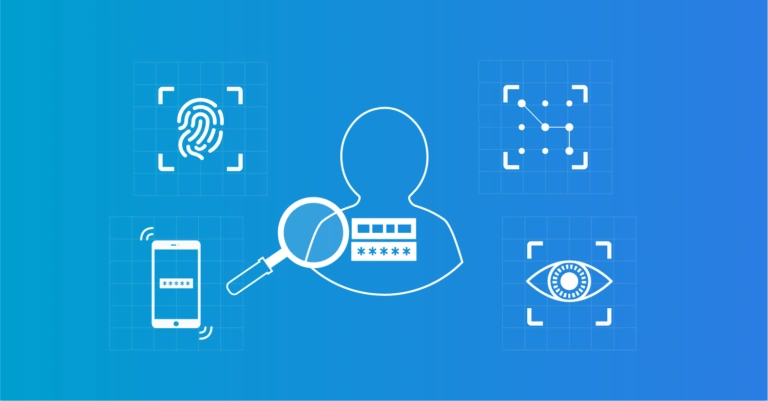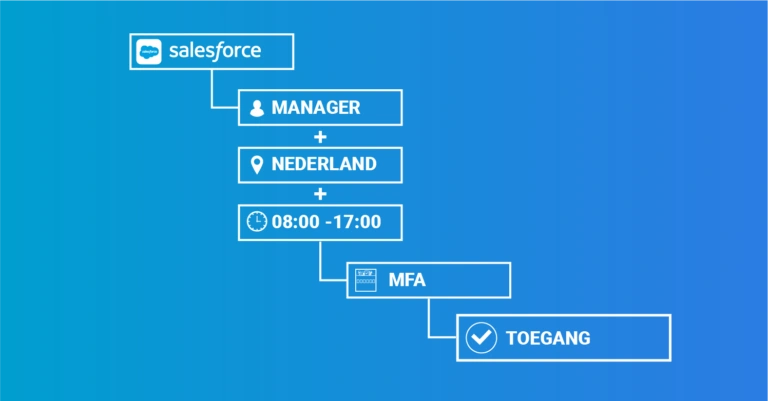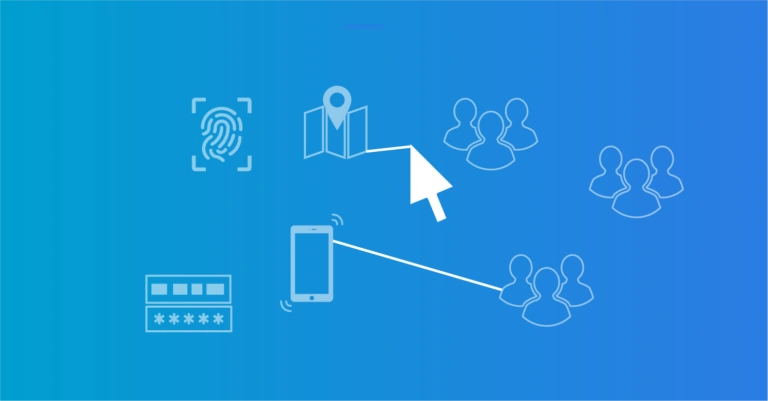FUNCTIONALITY
Multi Factor Authentication
Take user account security to the next level

Unlock the potential of Multi-Factor Authentication with HelloID
Click here to learn more about our comprehensive HelloID platform and how it can enhance the security and efficiency of your organisation.
A Look at the Options
Diverse authentication methods
MFA provides a wide array of authentication tools, from traditional passwords and security questions to advanced biometrics such as fingerprints and facial recognition. This ensures adaptable and robust security solutions that cater to each organisation’s unique needs.

Rule-based authentication
Customise MFA based on specific business rules. Depending on a user’s role, location or behavior, you can adjust authentication requirements. For instance, an employee requesting access to sensitive data may need to complete an additional verification step. This approach strikes a balance between user convenience and security, prioritising security when the risk is higher.

Tailor MFA to your preferences
The flexibility of MFA means you can choose how to implement it. Whether you opt for rigorous security measures for all users or a more personalised approach for different departments, the power to decide is in your hands.

Multi-Factor Authentication & HelloID Access Management
The HelloID Access Management module is a part of the Identity & Access Management (IAM) solution known as HelloID. This module handles user authentication and ensures that only authorised users have access to your applications and data. HelloID Access Management ensures secure and uniform access to all resources required by users to perform their tasks.
Explore the benefits of HelloID for your organisation
Discover how our cloud-based IAM solution enables organisations to improve productivity, security, compliance and generate cost savings through automated user and access rights management.


